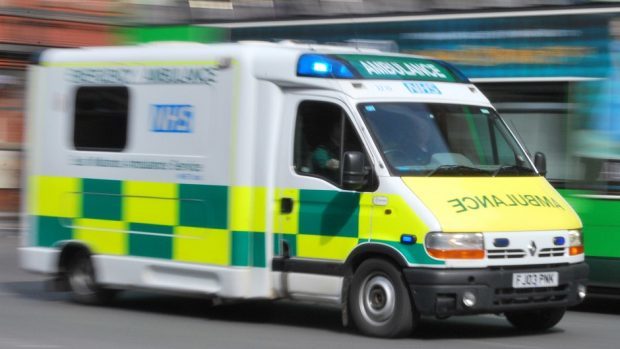Campaigners have hailed the Scottish Ambulance Service’s decision to launch a new service out of a north-east town following concerns about waiting times.
Twelve new ambulance technicians will join up with the 14 emergency staff at Peterhead in the coming weeks to run a full-time ambulance out of the port.
This follows £5million investment by the service to train 200 new paramedics across Scotland for front-line care.
Local people had raised concerns last year about the length of time they had to wait for an ambulance when injured or in need of help.
The depot at Peterhead has currently only one 24-hour ambulance which services the whole of the north-east.
Speaking after the announcement, Peterhead MSP Stewart Stevenson said residents felt the service was being spread too thin.
He added: “I fully expect the increase in capacity, which has been funded by the Scottish Government, will improve the ability of the service to respond to calls in the town and surrounding area.
“This new ambulance won’t only benefit Peterhead. The surrounding towns and villages will benefit from the knock-on effect of the new vehicle, which will take pressure off the neighbouring stations.”
MP Eilidh Whiteford said: “I want to pay tribute to the local crews and members of the public who drew attention to the challenges facing the service, and who worked with us to make the case for additional resources.”
The funding from the Scottish Government will also provide 50 specialist paramedics with enhanced clinical skills to allow them to work more autonomously with an extended range of medicines and treatments in communities alongside GPs and other health professionals.
The initiative will also train more than 60 new staff for deployment in ambulance control centres across Scotland.
Pauline Howie, the ambulance service’s chief executive, said: “This year’s recruitment plan is the first phase of a five-year programme that will enhance the clinical skills mix of our staff and introduce new ways of working to best meet the needs of patients in all of our communities.”
